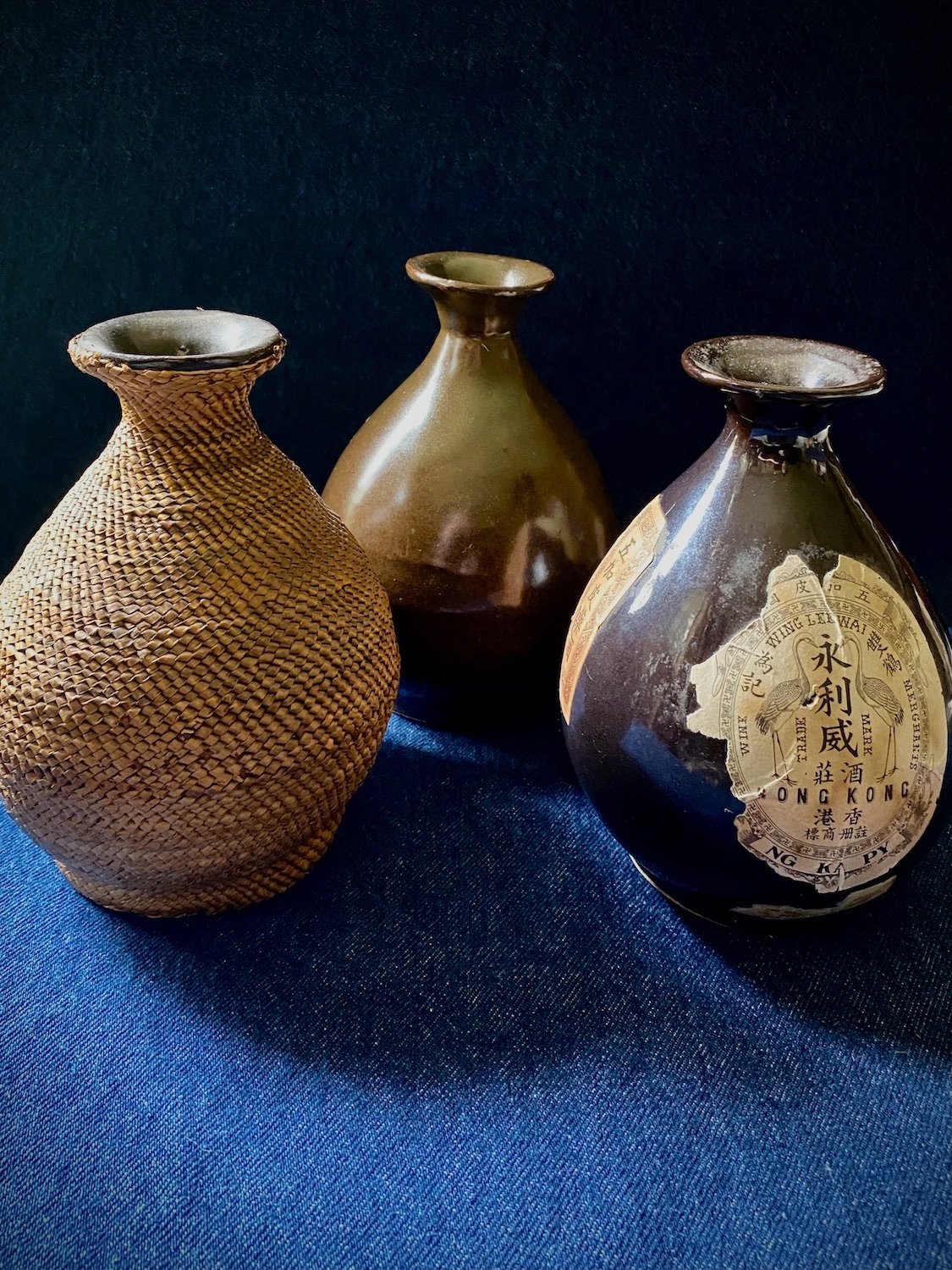 Image 1 of 9
Image 1 of 9

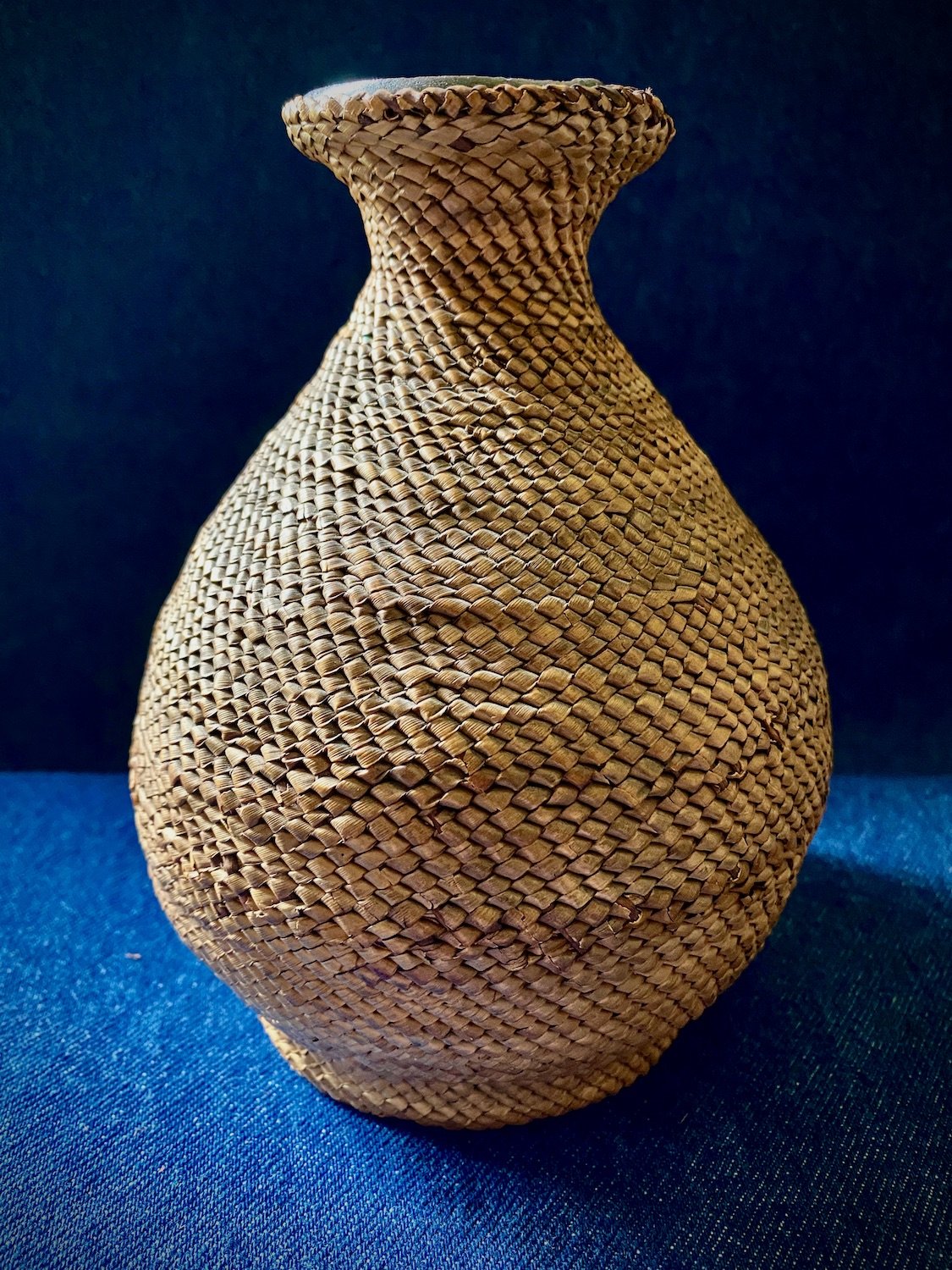 Image 2 of 9
Image 2 of 9

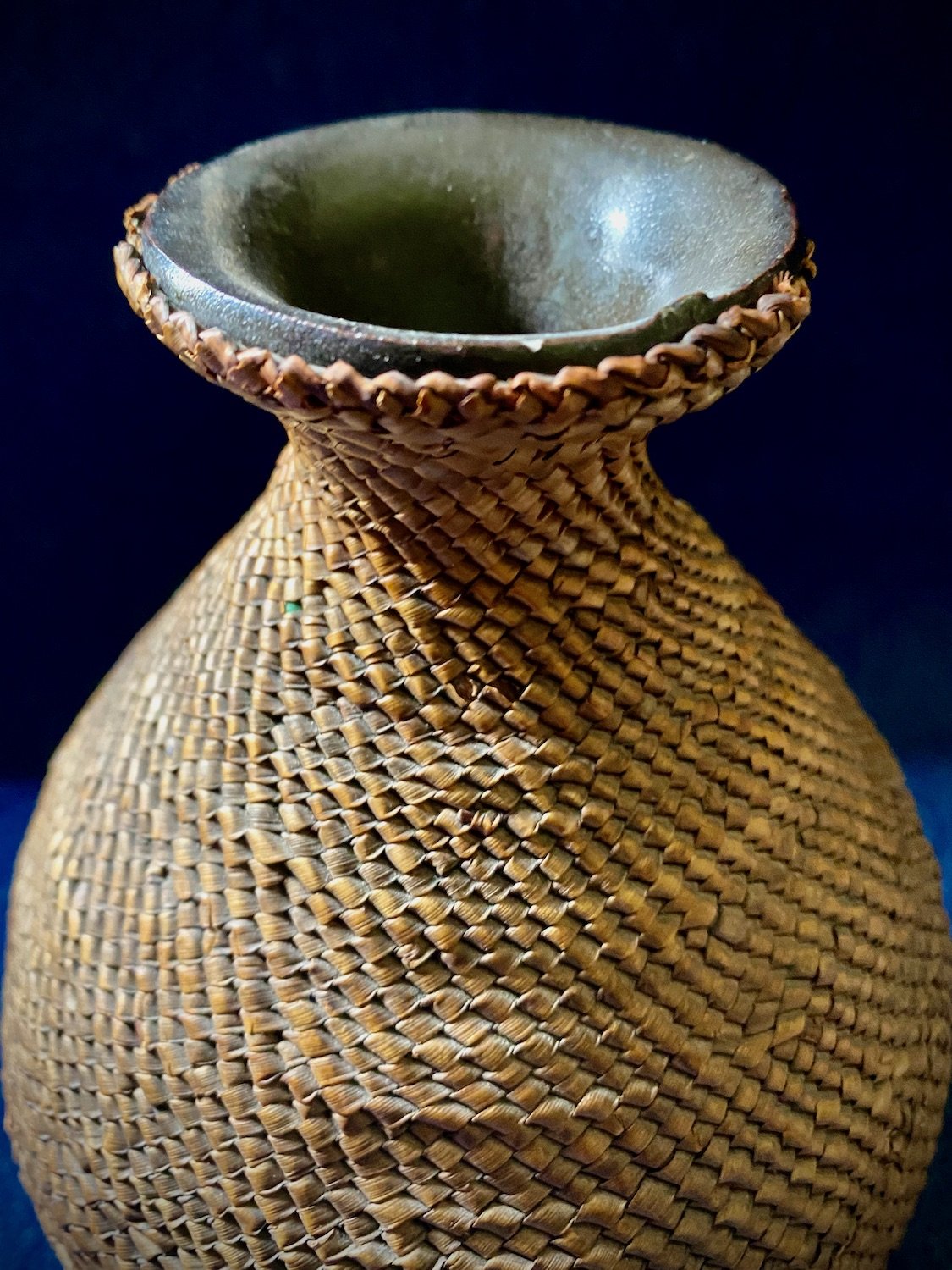 Image 3 of 9
Image 3 of 9

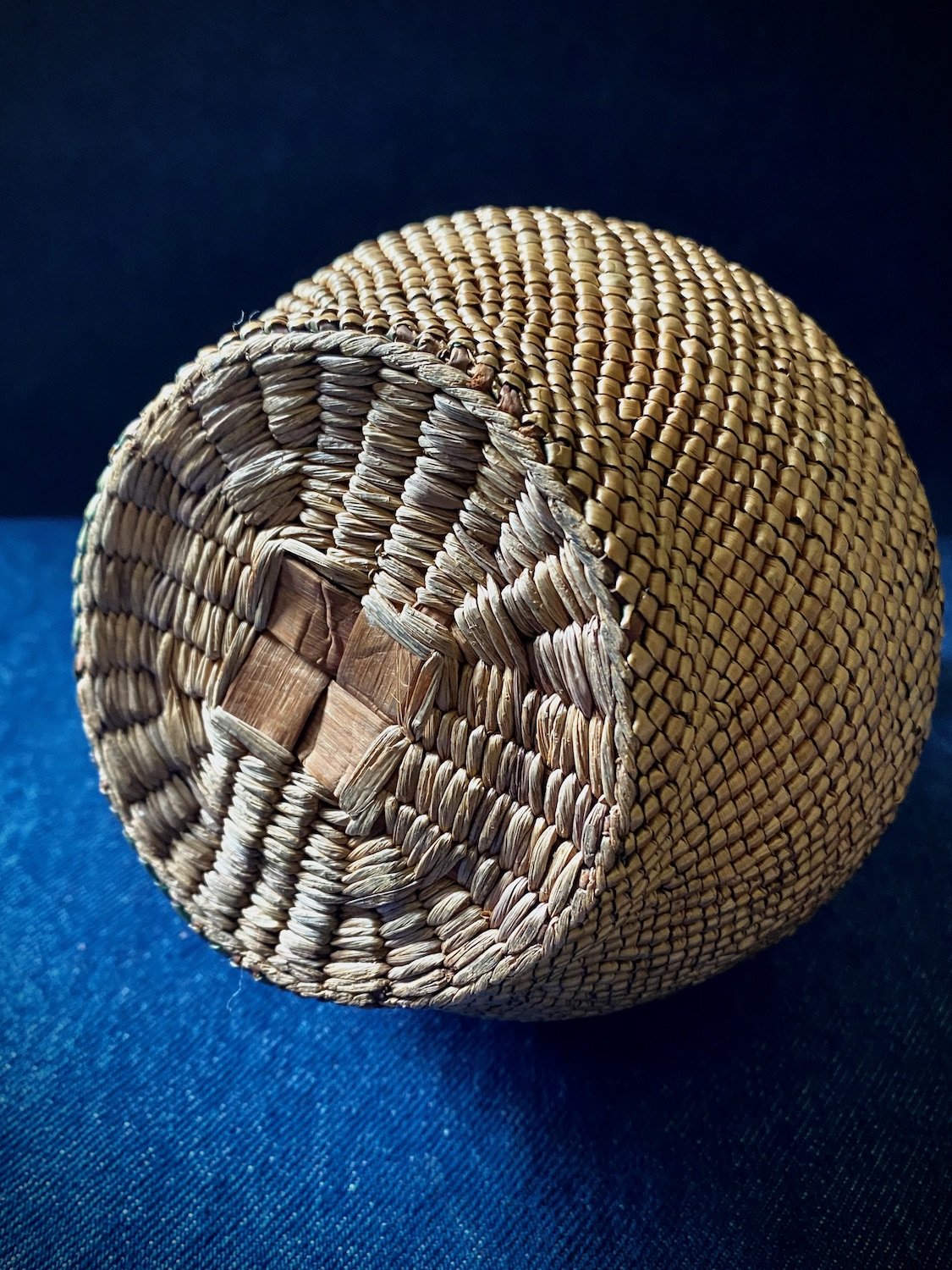 Image 4 of 9
Image 4 of 9

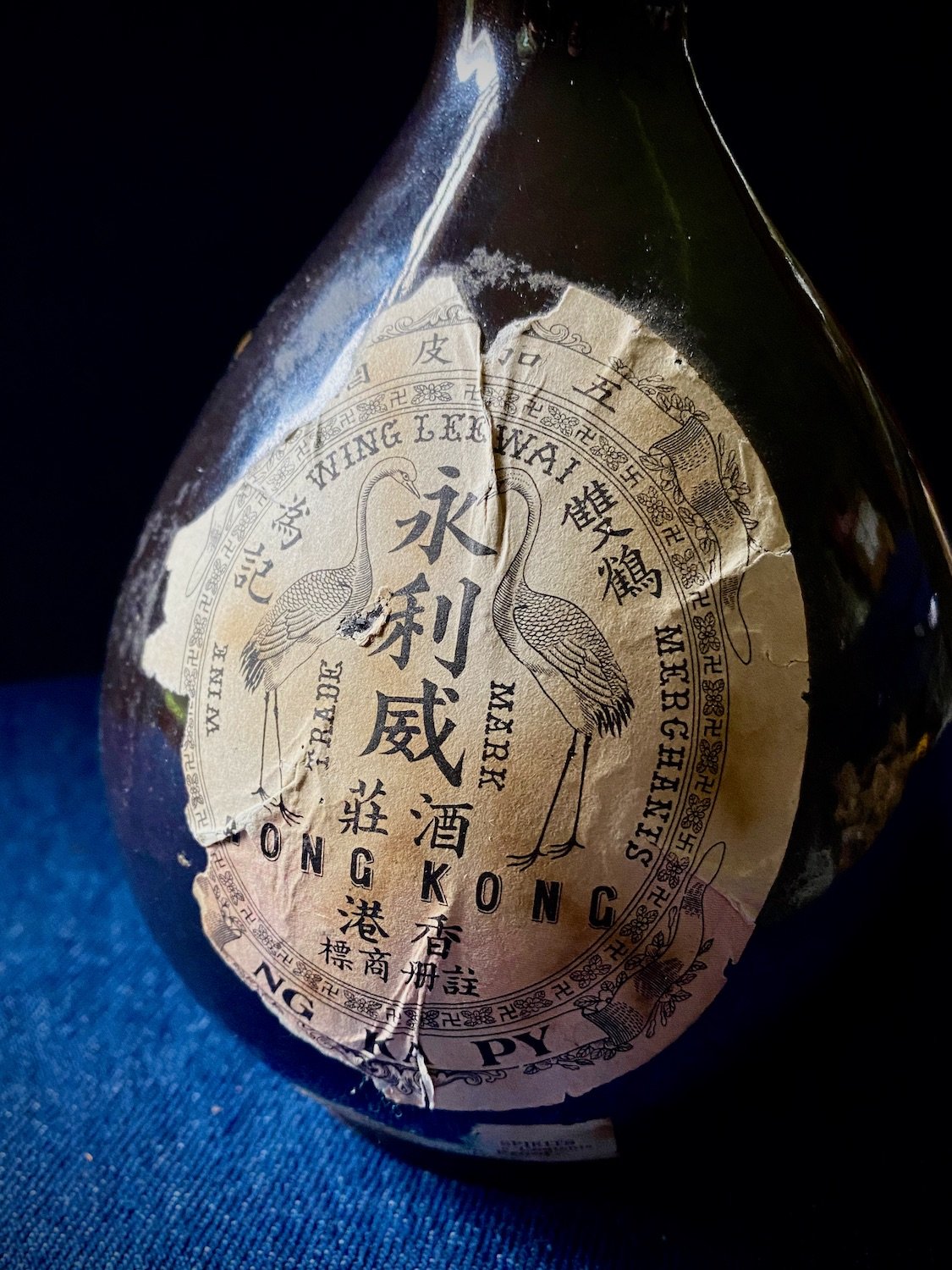 Image 5 of 9
Image 5 of 9

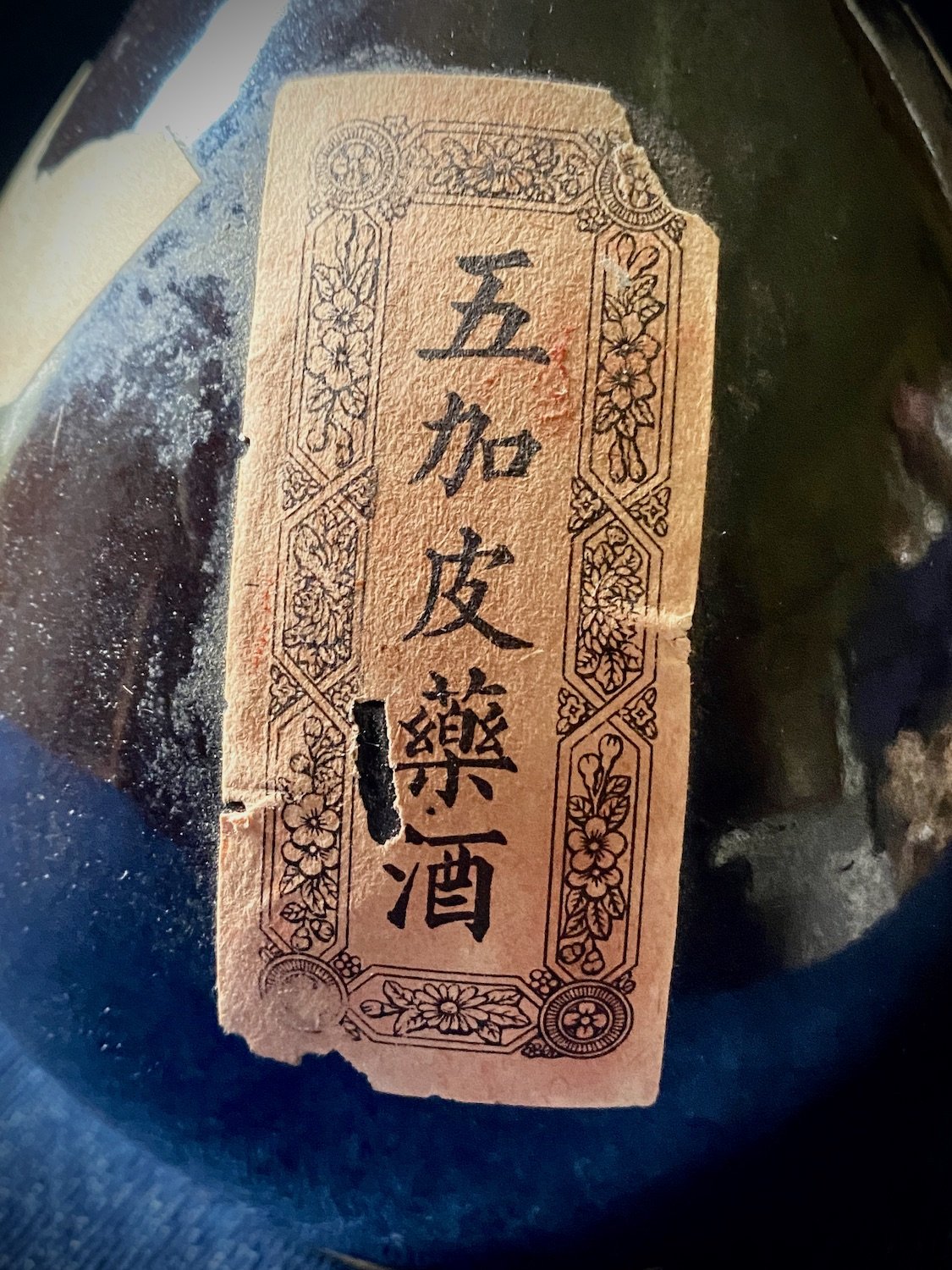 Image 6 of 9
Image 6 of 9

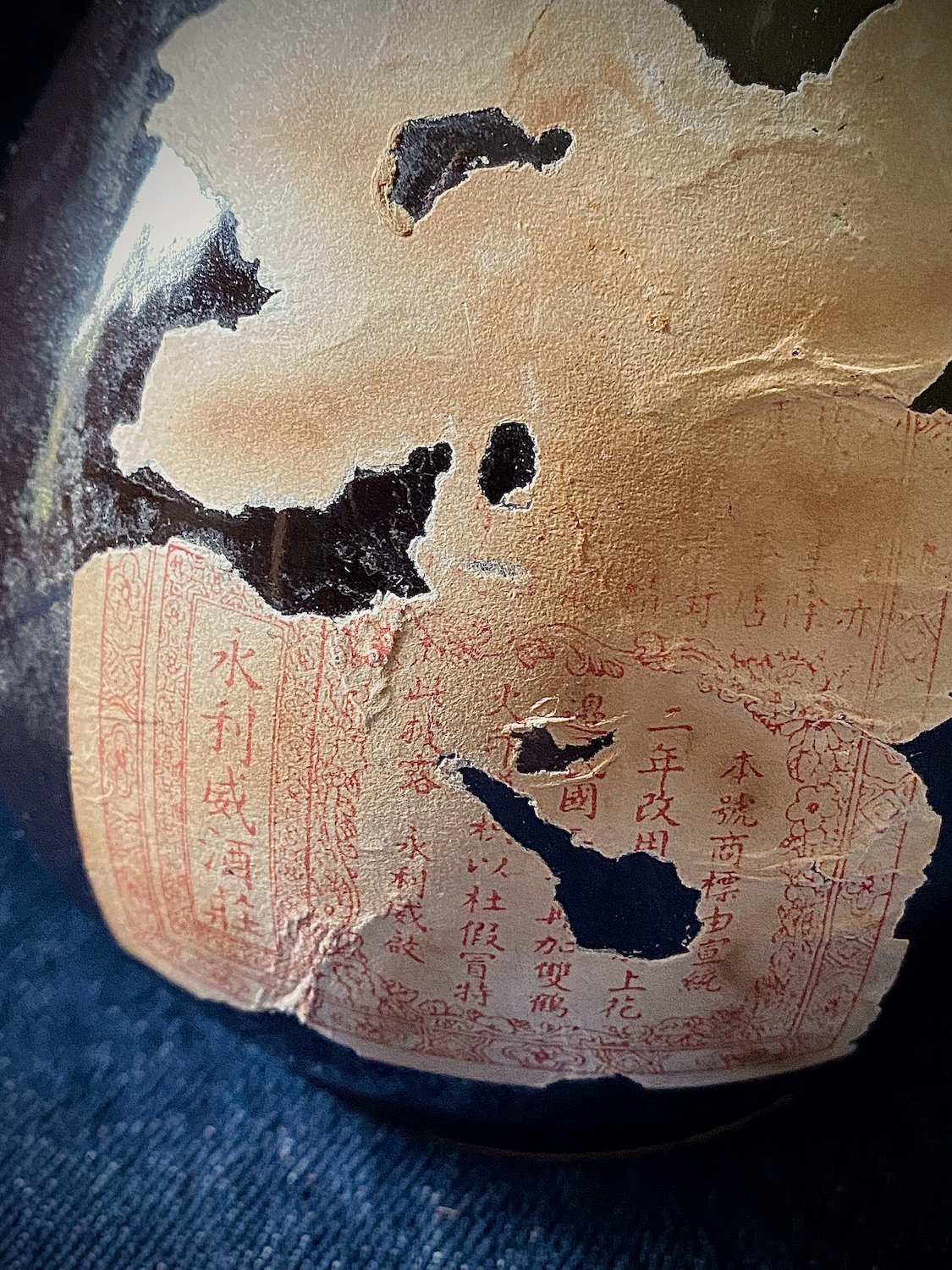 Image 7 of 9
Image 7 of 9

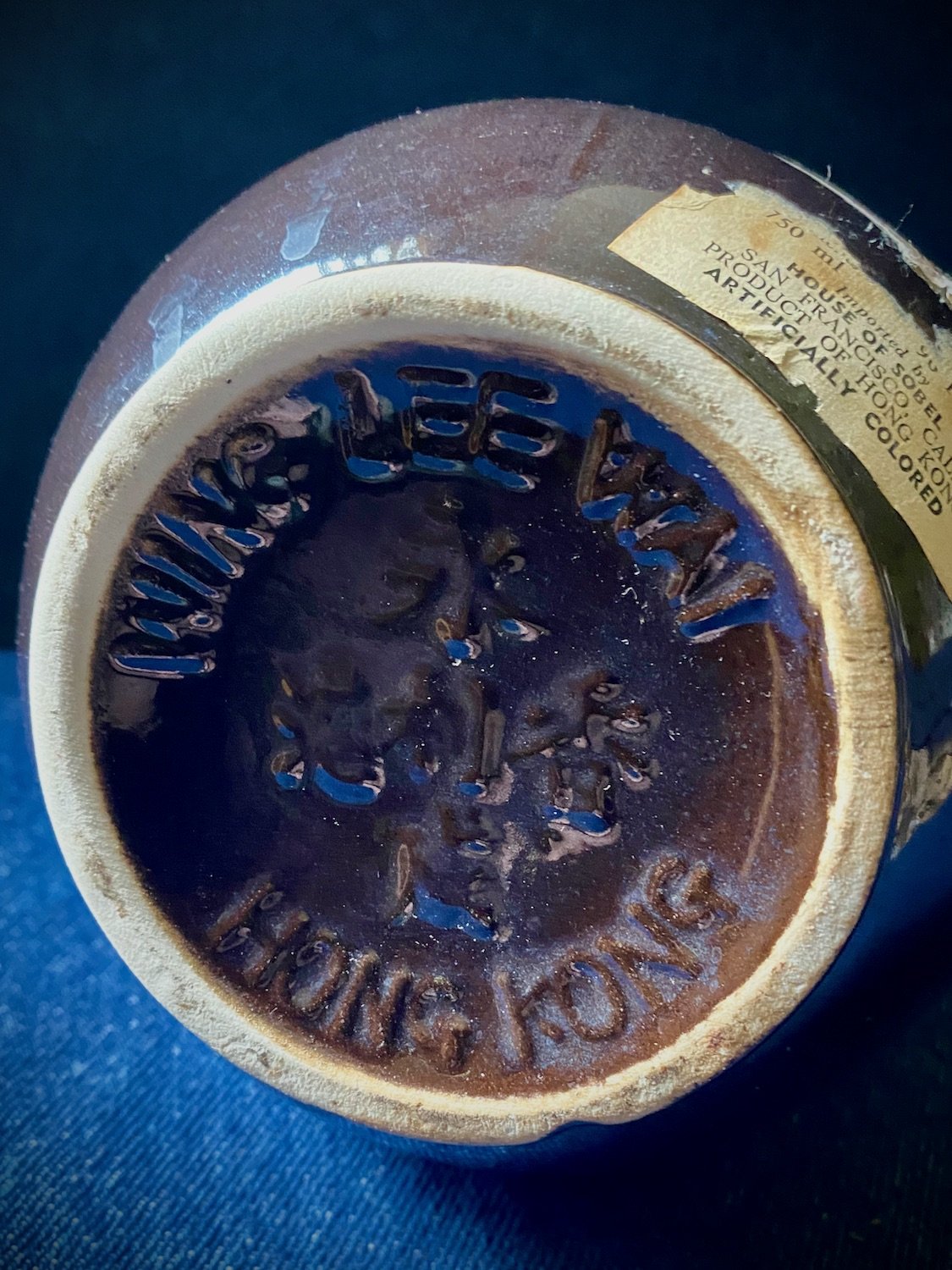 Image 8 of 9
Image 8 of 9

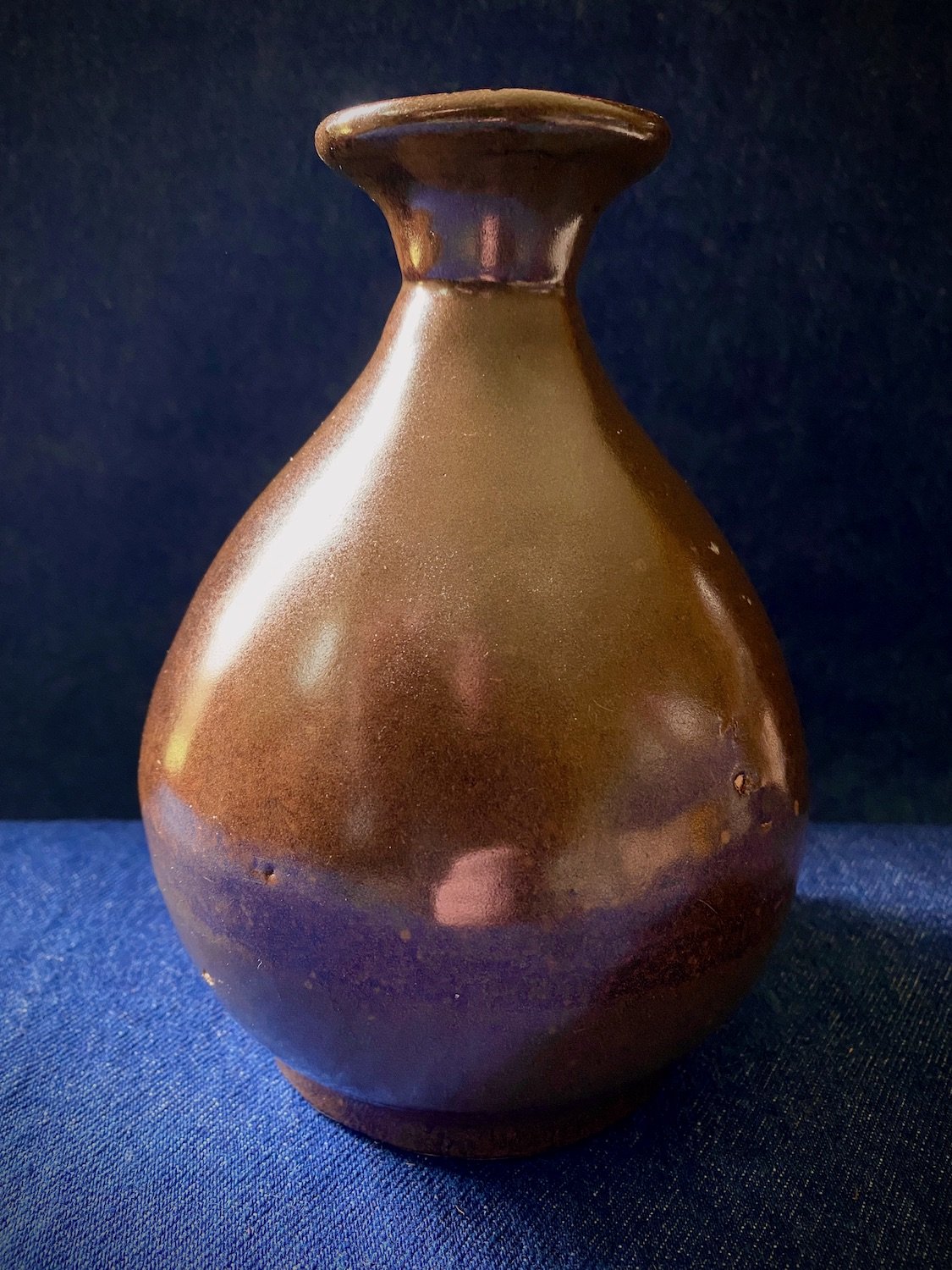 Image 9 of 9
Image 9 of 9










Ng Ka Py Bottle Collection
A wonderful collection of early 20th century Chinese liquor bottles, made for export. Of interest to aficionados of obscure spirits, and to anyone interested in artifacts of the Chinese diaspora. Three of anything makes a collection!
Wing Lee Wai was founded in 1876 by Wong Sing-hui (黃星墟), a native of Nanhai (Foshan, Guangdong) China. The company name means “eternal fortune and fame,” and it has had a long run indeed. During its heyday in the 1920s through the 1940s, Wing Lee Wai was one of the largest distilleries in China, with branches throughout the country, and overseas in Penang, Singapore, and San Francisco. Its Ng Ka Py “wine” (“Five Plus Skin” 五加皮 ) was immensely popular among the vast Chinese diaspora, especially in the United States. Everyone knew the company’s slogan, “half a chicken and a bottle of Wing Lee Wai” (半邊雞一壺永利威 ) — a simple recipe for happiness indeed (it rhymes in Chinese).
Ng Ka Py was actually a kind of baijiu (白酒, aka shaojiu 烧酒/燒酒), a clear liquor distilled from fermented sorghum (or rice, wheat, barley, millet, or some combination thereof). Baijiu is similar to Japanese shōchū, or Korean soju — except that it has a much higher alcohol content. Ng Ka Py was made with a secret, proprietary mix of medicinal herbs, including Angelica root, so it was probably similar to the modern “wujiapi jiu” baijiu (五加皮酒).
One bottle is clad in a tightly-woven rattan basketwork, which we believe dates to the turn of the 20th century (if not earlier). The second retains much of its original labeling, and dates from the 1914 – 1935 (Wing Lee Wai first registered the “Two Cranes” trademark of in 1914; and liquor bottles were required to be embossed with the phrase “Federal Law Forbids Sale or Reuse of this Bottle” after the repeal of Prohibition.). The third bottle is unmarked, but also probably dates from the early 20th century.
5” wide x 7” high (each)
A wonderful collection of early 20th century Chinese liquor bottles, made for export. Of interest to aficionados of obscure spirits, and to anyone interested in artifacts of the Chinese diaspora. Three of anything makes a collection!
Wing Lee Wai was founded in 1876 by Wong Sing-hui (黃星墟), a native of Nanhai (Foshan, Guangdong) China. The company name means “eternal fortune and fame,” and it has had a long run indeed. During its heyday in the 1920s through the 1940s, Wing Lee Wai was one of the largest distilleries in China, with branches throughout the country, and overseas in Penang, Singapore, and San Francisco. Its Ng Ka Py “wine” (“Five Plus Skin” 五加皮 ) was immensely popular among the vast Chinese diaspora, especially in the United States. Everyone knew the company’s slogan, “half a chicken and a bottle of Wing Lee Wai” (半邊雞一壺永利威 ) — a simple recipe for happiness indeed (it rhymes in Chinese).
Ng Ka Py was actually a kind of baijiu (白酒, aka shaojiu 烧酒/燒酒), a clear liquor distilled from fermented sorghum (or rice, wheat, barley, millet, or some combination thereof). Baijiu is similar to Japanese shōchū, or Korean soju — except that it has a much higher alcohol content. Ng Ka Py was made with a secret, proprietary mix of medicinal herbs, including Angelica root, so it was probably similar to the modern “wujiapi jiu” baijiu (五加皮酒).
One bottle is clad in a tightly-woven rattan basketwork, which we believe dates to the turn of the 20th century (if not earlier). The second retains much of its original labeling, and dates from the 1914 – 1935 (Wing Lee Wai first registered the “Two Cranes” trademark of in 1914; and liquor bottles were required to be embossed with the phrase “Federal Law Forbids Sale or Reuse of this Bottle” after the repeal of Prohibition.). The third bottle is unmarked, but also probably dates from the early 20th century.
5” wide x 7” high (each)
A wonderful collection of early 20th century Chinese liquor bottles, made for export. Of interest to aficionados of obscure spirits, and to anyone interested in artifacts of the Chinese diaspora. Three of anything makes a collection!
Wing Lee Wai was founded in 1876 by Wong Sing-hui (黃星墟), a native of Nanhai (Foshan, Guangdong) China. The company name means “eternal fortune and fame,” and it has had a long run indeed. During its heyday in the 1920s through the 1940s, Wing Lee Wai was one of the largest distilleries in China, with branches throughout the country, and overseas in Penang, Singapore, and San Francisco. Its Ng Ka Py “wine” (“Five Plus Skin” 五加皮 ) was immensely popular among the vast Chinese diaspora, especially in the United States. Everyone knew the company’s slogan, “half a chicken and a bottle of Wing Lee Wai” (半邊雞一壺永利威 ) — a simple recipe for happiness indeed (it rhymes in Chinese).
Ng Ka Py was actually a kind of baijiu (白酒, aka shaojiu 烧酒/燒酒), a clear liquor distilled from fermented sorghum (or rice, wheat, barley, millet, or some combination thereof). Baijiu is similar to Japanese shōchū, or Korean soju — except that it has a much higher alcohol content. Ng Ka Py was made with a secret, proprietary mix of medicinal herbs, including Angelica root, so it was probably similar to the modern “wujiapi jiu” baijiu (五加皮酒).
One bottle is clad in a tightly-woven rattan basketwork, which we believe dates to the turn of the 20th century (if not earlier). The second retains much of its original labeling, and dates from the 1914 – 1935 (Wing Lee Wai first registered the “Two Cranes” trademark of in 1914; and liquor bottles were required to be embossed with the phrase “Federal Law Forbids Sale or Reuse of this Bottle” after the repeal of Prohibition.). The third bottle is unmarked, but also probably dates from the early 20th century.
5” wide x 7” high (each)